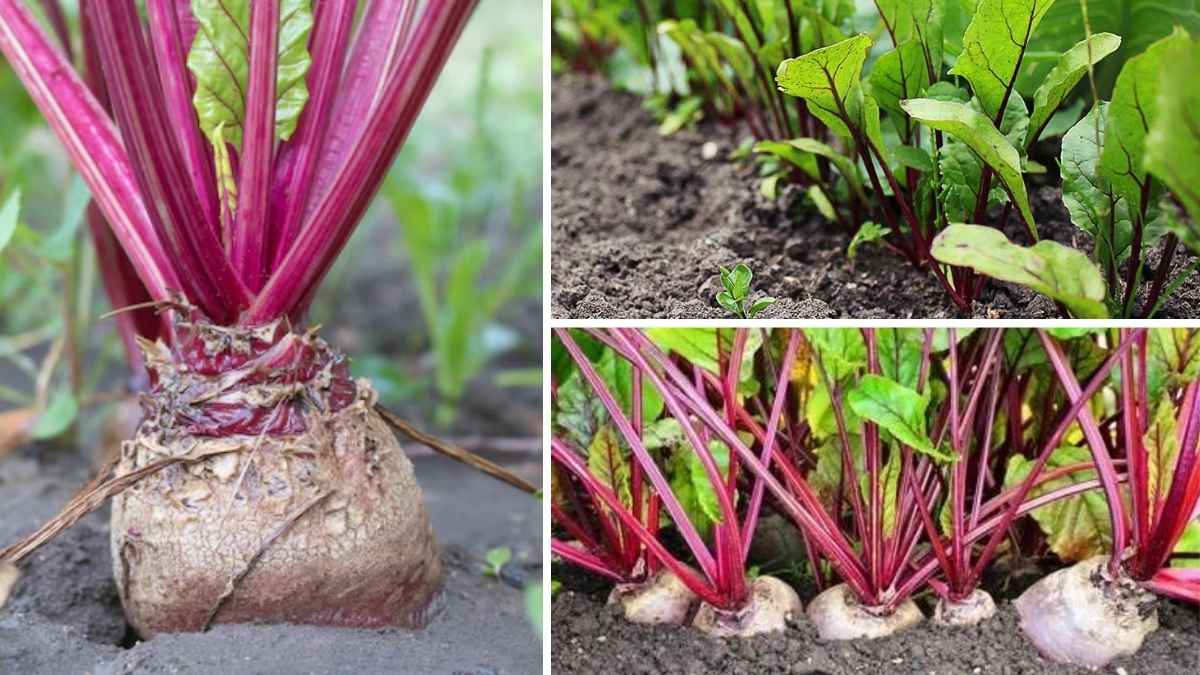Beetroot is one of the most rewarding and colorful vegetables to grow in your garden. It’s packed with nutrients, grows relatively fast, and can be used in a variety of dishes from salads to soups and juices. However, many gardeners struggle to grow healthy, round, and flavorful beets because of small but common mistakes. These problems often lead to tiny, cracked, or tasteless roots that make the effort less satisfying.
If you want to grow beautiful, sweet, and healthy beets, it’s important to know what not to do and how to fix those problems early. Below are ten common beetroot growing mistakes and simple ways to correct them.
1. Choosing the Wrong Soil Type
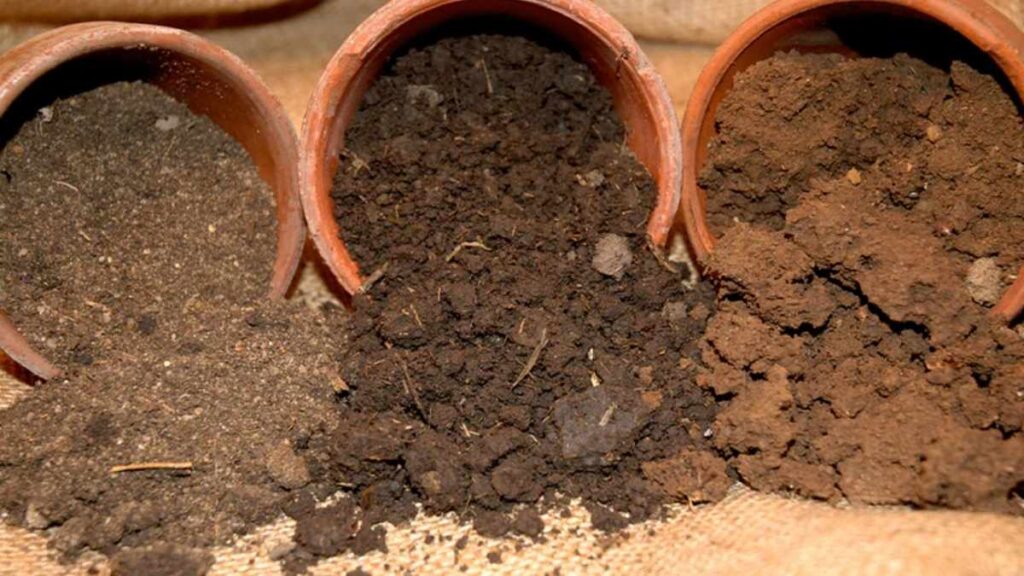
One of the biggest reasons beetroots fail to grow properly is poor soil quality. Beets hate heavy, clay-filled, or compacted soil because it prevents the roots from expanding freely. Such soil also traps water, leading to root rot or misshapen beets.
How to Fix It:
- Choose light, well-draining soil for planting beets.
- Mix plenty of organic compost or aged manure into your soil before planting.
- If your soil is heavy clay, mix sand or coconut coir to loosen it.
- Avoid planting in soil that becomes hard after watering or stays muddy for days.
Healthy soil is the foundation of healthy beets. Once the soil is airy and rich in nutrients, your plants will grow faster and produce smoother roots.
2. Ignoring Soil pH Levels
Beetroots are sensitive to soil pH, and many gardeners overlook this simple but crucial detail. If your soil is too acidic, the plants cannot absorb nutrients properly. This causes pale leaves and slow growth.
How to Fix It:
- Test your soil before planting using a simple pH testing kit.
- The ideal pH level for beets is between 6.0 and 7.5.
- If the soil is too acidic, mix garden lime to raise the pH.
- If it’s too alkaline, add organic matter like compost or leaf mulch to balance it.
Keeping the soil slightly neutral ensures your beets get all the minerals they need to grow strong and vibrant.
3. Planting Seeds Too Deep
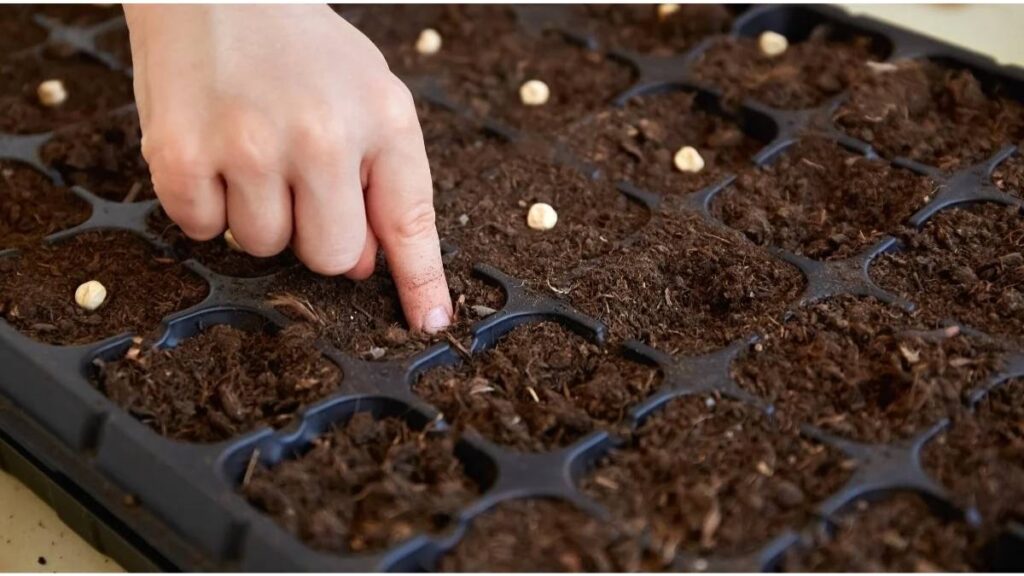
Planting beet seeds too deep is a mistake many beginners make. Since beet seeds are small, they need light and warmth to sprout. Planting them too deep delays germination or prevents it completely.
How to Fix It:
- Plant seeds no deeper than 1.5 to 2 centimeters.
- Lightly cover with fine, loose soil.
- Water gently to keep the top layer moist.
- Avoid pressing the soil too hard after planting.
When planted at the right depth, your beet seeds will sprout evenly and grow stronger from the start.
4. Forgetting to Thin Seedlings
Each beet “seed” is actually a cluster that produces multiple seedlings. If you don’t thin them, the young plants compete for space, sunlight, and nutrients. The result is small, twisted, or overcrowded roots.
How to Fix It:
- When seedlings reach about 5 centimeters tall, thin them carefully.
- Leave 8 to 10 centimeters of space between each plant.
- Use scissors to cut off the weaker seedlings at the base instead of pulling them to avoid disturbing roots.
- Eat the thinned seedlings as baby greens they’re tender and delicious.
Thinning may seem like you’re removing healthy plants, but it actually helps the remaining ones grow stronger and larger.
5. Overwatering or Underwatering

Water management is another area where many gardeners go wrong. Beets dislike both extremes too much water causes rot, and too little makes the roots dry and woody.
How to Fix It:
- Water regularly but avoid soaking the soil.
- Let the top layer dry slightly before watering again.
- Use mulch around the base of the plants to retain moisture.
- During hot weather, water deeply two to three times a week.
Consistent moisture helps beets grow evenly and stay juicy and tender.
6. Skipping Crop Rotation
Planting beets in the same spot every season increases the risk of soil diseases and pest build-up. Over time, this can lead to poor yields and unhealthy plants.
How to Fix It:
- Rotate crops every two to three years.
- Avoid planting beets where you previously grew carrots, radishes, or spinach.
- After growing beets, plant legumes or leafy vegetables to restore soil health.
- Keep a simple garden plan to track what grows where each season.
Crop rotation keeps the soil balanced and reduces disease risks naturally.
7. Not Controlling Weeds
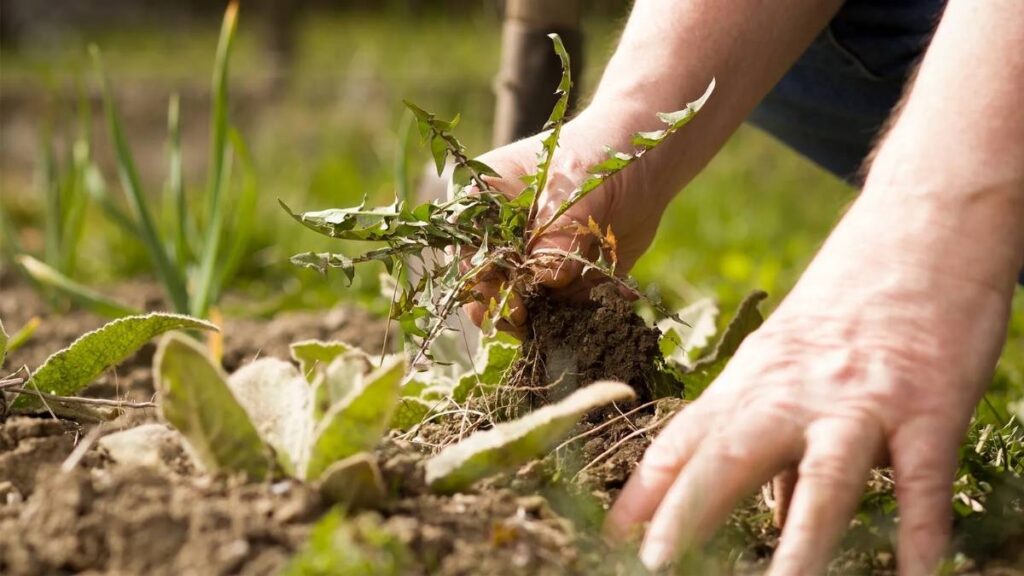
Weeds are strong competitors. They steal water, nutrients, and light from your beet plants. If weeds take over early in the season, your beets will stay small and weak.
How to Fix It:
- Weed your beet bed regularly, especially when plants are young.
- Remove weeds gently by hand or with a small hoe to avoid disturbing the roots.
- Apply organic mulch like straw or dried leaves to stop weeds from growing.
- Keep the area around your plants clean and tidy.
Regular weeding gives your beets the best chance to grow without competition.
8. Using Too Much Nitrogen Fertilizer
Many gardeners think more fertilizer means faster growth, but too much nitrogen leads to lush green leaves and small roots. Beets need balanced nutrients to develop properly.
How to Fix It:
- Avoid using fresh manure or high-nitrogen fertilizers.
- Use compost, bone meal, or a fertilizer labeled “low nitrogen.”
- Add a small amount of potash or wood ash to promote healthy root growth.
- Feed your beets lightly overfeeding can do more harm than good.
Balanced nutrition encourages both healthy leaves and large, tasty roots.
9. Harvesting Too Late
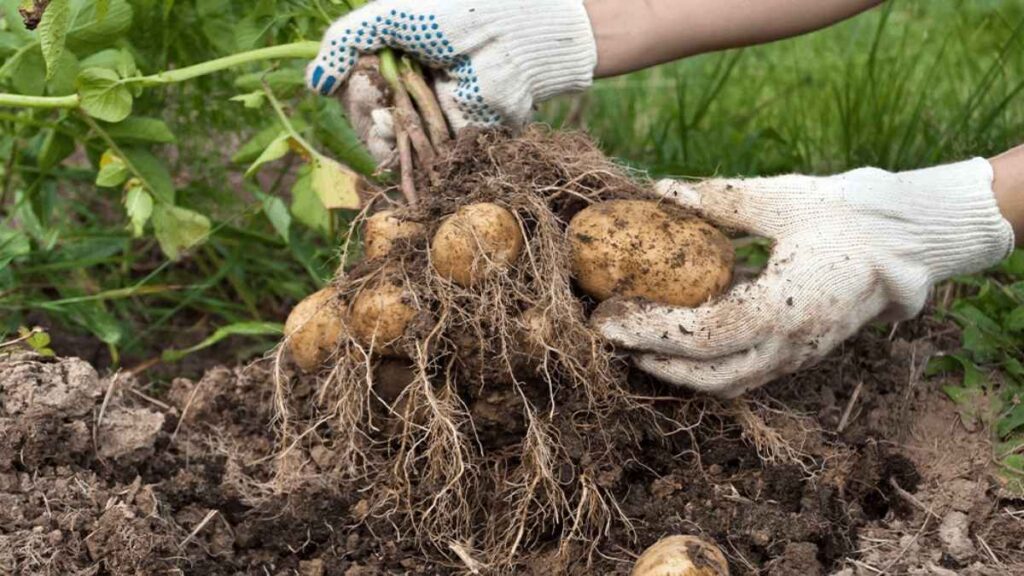
Timing is very important in beetroot growing. If you leave your beets in the soil too long, they become hard, fibrous, and less sweet.
How to Fix It:
- Harvest beets when they reach about 5 to 7 centimeters in diameter.
- Check your seed packet for the variety’s ideal maturity time usually 50 to 70 days.
- Pull out one beet to test for tenderness before harvesting the rest.
- Don’t delay harvest once the roots are fully grown.
Picking your beets at the right time guarantees the best flavor and texture.
10. Ignoring Pests and Diseases
Even though beets are hardy, they’re not immune to pests or diseases. Aphids, leaf miners, and flea beetles can damage leaves, while fungal diseases can harm roots. Ignoring early signs can ruin your crop.
How to Fix It:
- Inspect your plants regularly for insects or leaf damage.
- Spray neem oil or insecticidal soap as a natural treatment.
- Encourage beneficial insects like ladybugs that eat pests.
- Avoid overwatering and provide good air circulation to prevent fungal problems.
- Remove infected plants quickly to stop the spread.
Preventive care is always easier than trying to save a sick plant later.
Final Thoughts
Growing beetroot successfully is not about luck but about understanding your plants’ needs. Most of the common problems like poor soil, crowding, overwatering, or late harvesting can be avoided with a little attention and care. Beets grow best in loose, nutrient-rich soil with consistent moisture and plenty of space to expand.
By following these tips and correcting the mistakes early, you’ll be rewarded with a healthy, colorful, and delicious harvest. Each beet you pull from the ground will be a result of your care and patience. Whether you enjoy them roasted, pickled, or juiced, fresh homegrown beets always taste far better than store-bought ones.
So next time you plant beetroot seeds, keep these lessons in mind. A little extra effort will give you big, sweet, and perfectly shaped beets that make your garden and your plate shine.

